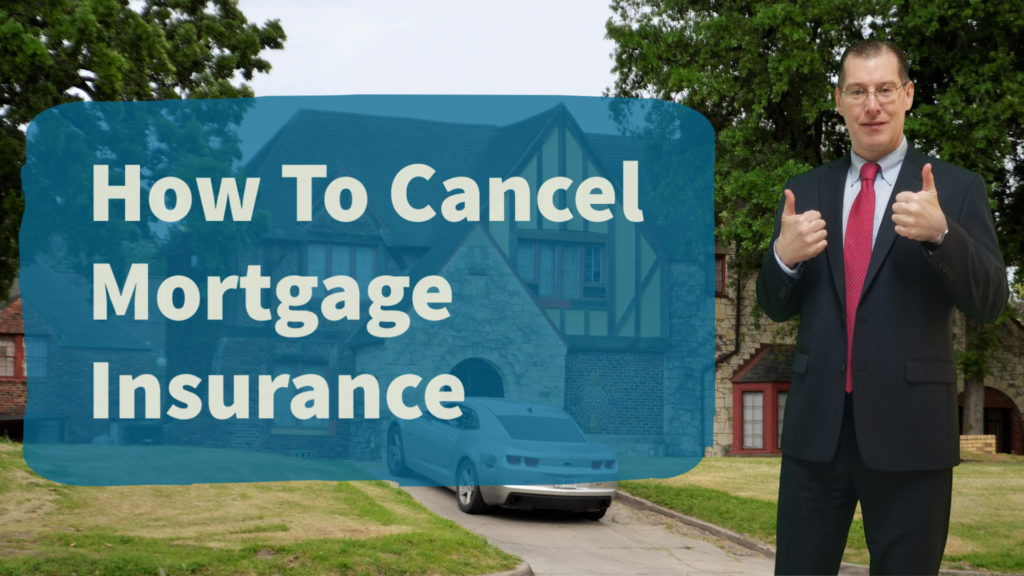How To Cancel Mortgage Insurance

Private mortgage insurance might be one of the costs that you most hate to pay when you send in your mortgage payment each month. If you would like to learn more on how to cancel mortgage insurance, give the John Thomas team a call at 302-703-0727 or APPLY ONLINE
PMI stands for Private Mortgage Insurance and is a type of mortgage insurance that buyers are typically required to pay for on a Conventional Loan when they make a down payment that is less than 20% of the home’s purchase price. Mortgage Insurance on government backed loans is simply called MI for Mortgage insurance and is treated differently than PMI.
Mortgage insurances are measures put in place to protect lenders from buyers who default on their home loans to protect the lender for lending above 80% of the value of the home.
Fortunately, you don’t have to pay private mortgage insurance, or PMI, forever on a Conventional Loan.
While you can get rid of your PMI, you can’t get rid of recent FHA insurance.
Federal law provides rights to remove PMI for many mortgages under certain circumstances.
The Federal Homeowners Protection Act of 1998 (HPA) eliminates PMI in one of three ways:
1. Borrower-Requested Cancellation
2. Automatic Termination
3. Final Termination
Some lenders and servicers may also allow for the earlier removal of PMI under their own standards.

Here are 5 ways to get rid of (PMI) mortgage insurance
- Automatic PMI Termination
Eventually, your mortgage insurance will fall away automatically, but it’s a good idea to keep track.
In general, under the HPA, your lender must cancel mortgage insurance on your Conventional Loan backed by Fannie Mae or Freddie Mac when:
- You reach 22% equity in your home, based on the original property value and
- Your mortgage payments are current
With this option, all you need to do is sit back and relax.
- Borrower-Requested PMI Cancellation
You have the right to request that your servicer to cancel PMI on a Conventional Loan when you have reached the date when the principal balance of your mortgage is scheduled to fall to 80 percent of the original value of your home.
According to the Consumer Financial Protection Bureau, you have to meet certain requirements to remove PMI:
- You must request PMI cancellation in writing.
- You have to be current on your payments and have a good payment history.
- You might have to prove that you don’t have any other liens on the home (for example, a home equity loan or home equity line of credit).
- You might have to get an appraisal to demonstrate that your loan balance isn’t more than 80 percent of the home’s current value.
- Final PMI Termination
There is one other way you can stop paying for Mortgage Insurance on a Conventional Loan.
If you are current on payments, your lender or servicer must end the PMI the month after you reach the midpoint of your loan’s amortization schedule. (This final termination applies even if you have not reached 78 percent of the original value of your home.)
The midpoint of your loan’s amortization schedule is halfway through the full term of your loan.
For 30-year loans, the midpoint would be after 15 years have passed.
- Get a new appraisal
Your eligibility to cancel mortgage insurance is also influenced by whether your home’s value has appreciated or depreciated over time.
If it increases, you can cancel PMI sooner than expected; if it decreases, you will wait longer than expected to cancel PMI. In order to request cancellation must have had the loan for minimum of 2 years.
*This scenario is not covered under the HPA, and lender/investor requirements may vary.
- Refinance to get rid of mortgage insurance
Refinancing is usually considered by buyers who are looking to reduce their interest rates or extend their loan terms so that their monthly payments are reduced.
Besides getting lower rates, refinancing might also let you get rid of mortgage insurance.
The logic behind this is that by replacing your current loan with a new one, your mortgage balance changes.
If the new balance falls below 80% of the value of your home, then your lender will be required to cancel your PMI.
You can also refinance our of a FHA loan or a USDA loan into a conventional loan with 80% equity or greater to get rid of the mortgage insurance.
Note: The rights in the Homeowners Protection Act apply to mortgages related to single-family principal residences that closed on or after July 29, 1999.
If you have a Federal Housing Administration (FHA) or USDA Loan, the HPA does not apply.
What About MI on FHA or USDA Loan?
Mortgage Insurance (MI) on a FHA Loan or a USDA Loan is treated differently and doesn’t fall under the HPA guidelines. Mortgage insurance on FHA loans with less than 10% down or USDA Loans have mortgage insurance on for the life of the loan and CANNOT be removed without refinancing into a conventional loan.
Mortgage insurance does go down every 12 payments on FHA and USDA as it is re-calculated. Conventional loans do not re-calculate the mortgage insurance.
If you put 10% or more down on a FHA loan the mortgage insurance will drop off after 11 years.
If you need help getting pre-approved for a Mortgage Loan to purchase or refinance a home, please give the John Thomas Team with Primary Residential Mortgage a call at 302-703-0727 or APPLY ONLINE
